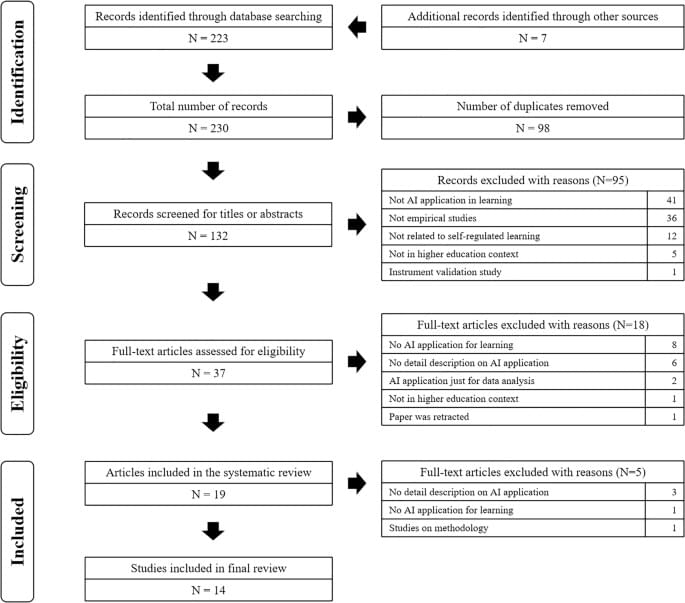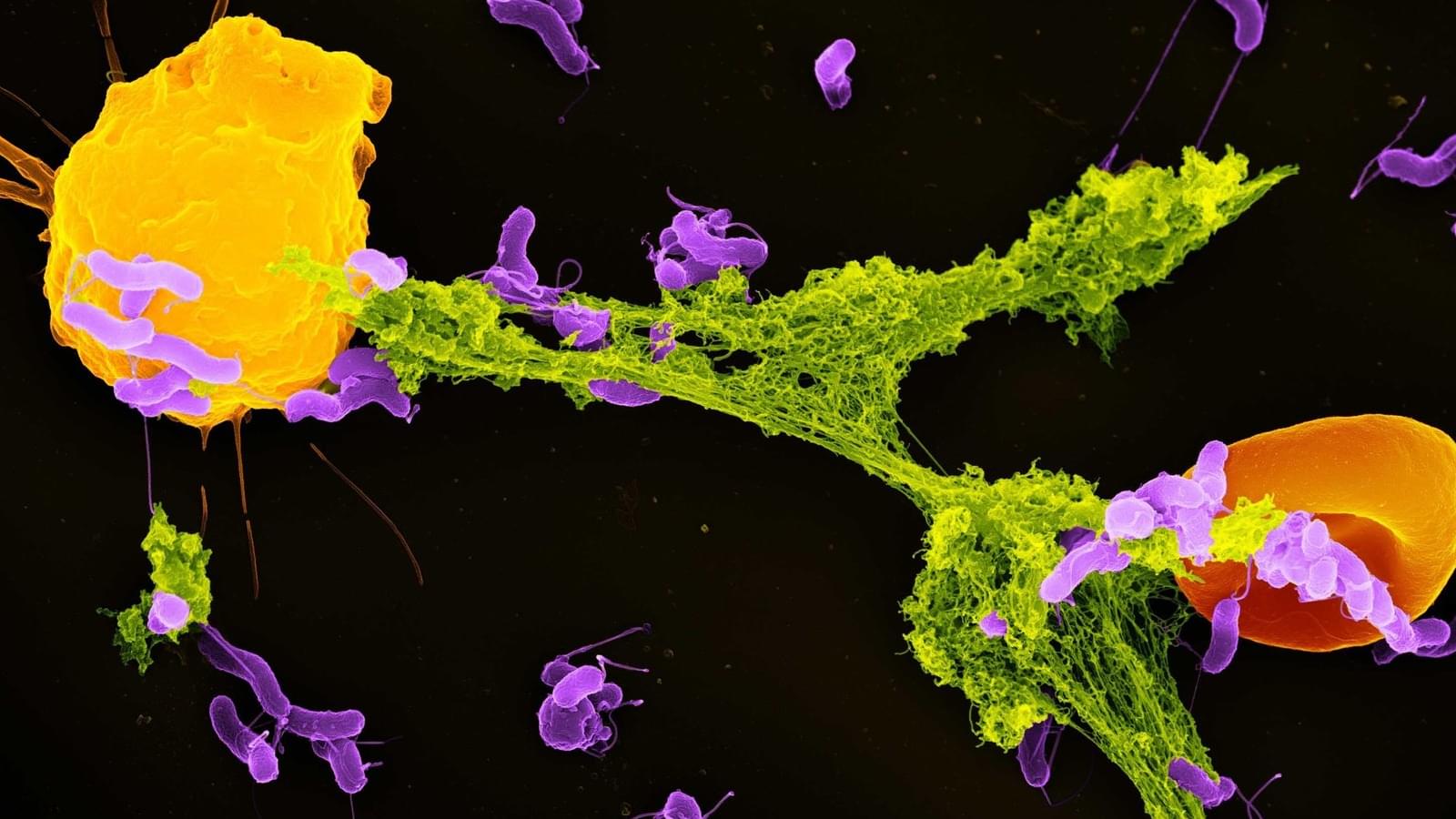npj Science of Learning — A qualitative systematic review on AI empowered self-regulated learning (SRL) in higher education. Aiming to synthesize empirical studies, we employed a qualitative approach to scrutinize AI’s role in supporting SRL processes. Through a meticulous selection process adhering to PRISMA guidelines, we identified 14 distinct studies that leveraged AI applications, including chatbots, adaptive feedback systems, serious games, and e-textbooks, to support student autonomy. Our findings reveal a nuanced landscape where AI demonstrates potential in facilitating SRL’s forethought, performance, and reflection phases, yet also highlights whether the agency is human-centered or AI-centered leading to variations in the SRL model. This review underscores the imperative for balanced AI integration, ensuring technological advantages are harnessed without undermining student self-efficacy. The implications suggest a future where AI is a thoughtfully woven thread in the SRL fabric of higher education, calling for further research to optimize this synergy.







